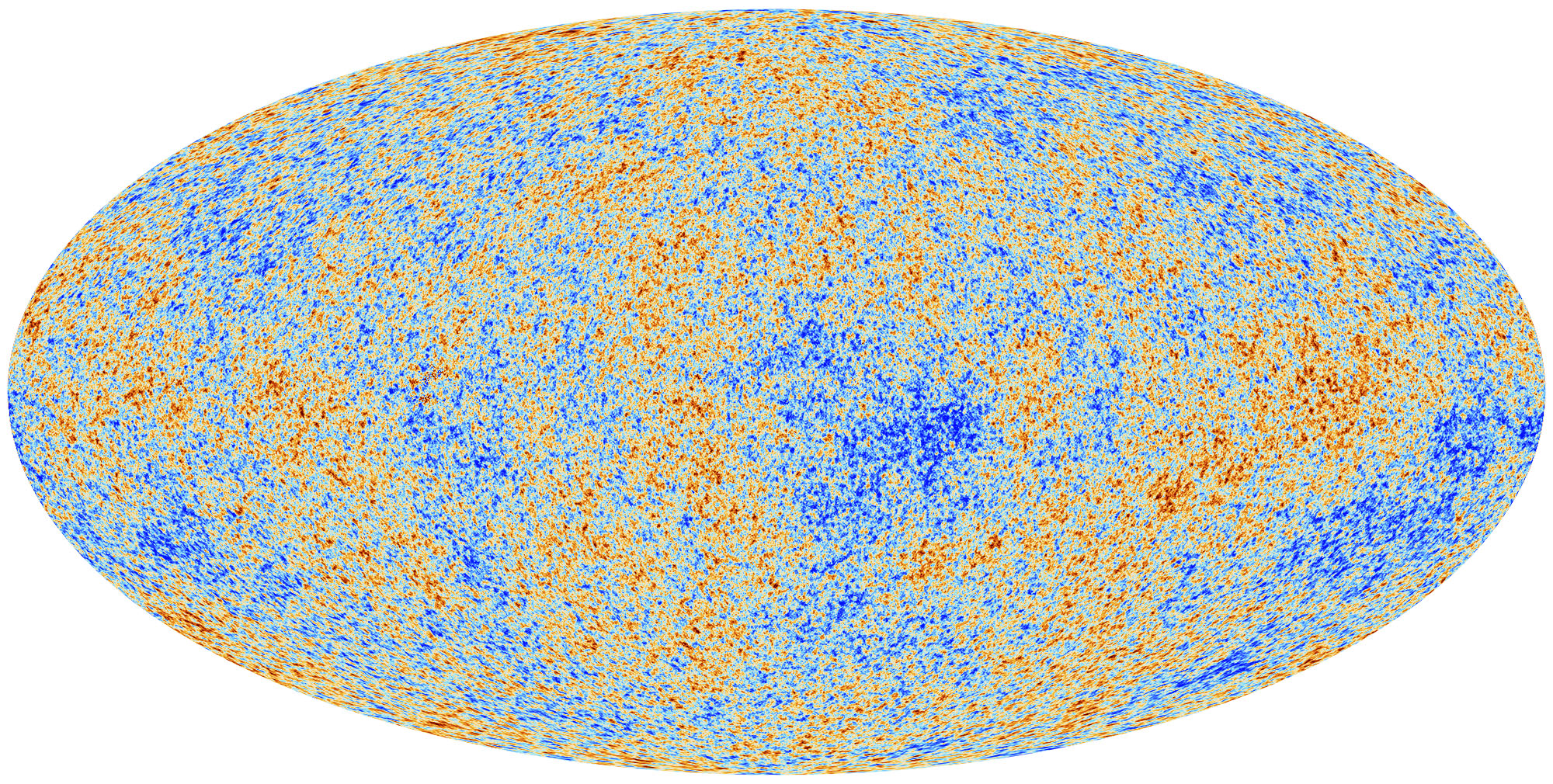Universe Older Than Thought, Best Space-Time Map Yet Reveals

The universe is 100 million years older than thought, according to the best-ever map of the oldest light in space.
The adjustment brings the universe's age to 13.82 billion years, and means space and time are expanding slightly slower than scientists thought.
These discoveries come from a new all-sky map of ancient cosmic light by Europe's Planck mission, which has measured what's called the cosmic microwave background in greater detail than ever before.
"Astronomers worldwide have been on the edge of their seats waiting for this map," said Joan Centrella, Planck program scientist at NASA Headquarters in Washington, in a statement. NASA contributed technology for the Planck spacecraft, which is managed by the European Space Agency. "These measurements are profoundly important to many areas of science, as well as future space missions."
The cosmic microwave background (CMB) is light dating from just 380,000 years after the Big Bang. Before that time, the universe was so hot and dense that light couldn't travel through space without getting mired in a thick plasma of protons and electrons. When the universe finally cooled and expanded enough for atoms to form, light could travel freely for the first time, and this light has been flying through the universe ever since. [Photos: Planck Sees Big Bang Relics]
Astronomers first discovered the CMB by accident in 1964, and have been studying it ever since because of the precious clues about the universe's beginnings embedded in it.
For example, though the CMB is spread throughout space, it isn't entirely uniform. It displays small variations in temperature at different spots that scientists think correspond with regions of the early universe that were slightly more or less dense with energy. These fluctuations are thought to have been the seeds that eventually caused matter to clump in the denser spots and over time evolve into galaxies and stars and planets.
Breaking space news, the latest updates on rocket launches, skywatching events and more!
The new map shows these variations in more detail than ever before, and could help scientists distinguish between different theories of how the universe began. In general, Planck's measurements are consistent with a theory called the Standard Model, which posits that the variations in the CMB were caused by tiny random quantum fluctuations. However, the new map shows tantalizing hints that physics beyond the Standard Model may be needed to fully explain the CMB.
In particular, the CMB variations don't match the Standard Model's predictions at large scales, though they do on small scales. Other odd discoveries, such as a cold spot that is much larger than expected in one area of the sky, add to this picture.
"The extraordinary quality of Planck's portrait of the infant universe allows us to peel back its layers to the very foundations, revealing that our blueprint of the cosmos is far from complete," said Jean-Jacques Dordain, director general of the European Space Agency.
The disagreements with the Standard Model are actually good news to physicists, who know they need more than this theory alone to explain the whole of the universe anyway. For instance, the Standard Model does not include any explanation for dark matter or dark energy, the two largest constituents of the universe that so far remain mysterious.
"Our ultimate goal would be to construct a new model that predicts the anomalies and links them together," said George Efstathiou of England's University of Cambridge. "But these are early days; so far, we don’t know whether this is possible and what type of new physics might be needed. And that’s exciting."
Planck launched in 2009, and the new map is the culmination of the spacecraft's first 15.5 months of observations.
Follow Clara Moskowitz on Twitterand Google+. Follow us @Spacedotcom, Facebookand Google+. Original article on SPACE.com.

Clara Moskowitz is a science and space writer who joined the Space.com team in 2008 and served as Assistant Managing Editor from 2011 to 2013. Clara has a bachelor's degree in astronomy and physics from Wesleyan University, and a graduate certificate in science writing from the University of California, Santa Cruz. She covers everything from astronomy to human spaceflight and once aced a NASTAR suborbital spaceflight training program for space missions. Clara is currently Associate Editor of Scientific American. To see her latest project is, follow Clara on Twitter.


